9 Fun Things To Do With Pumpkins That Are Past Their Prime
Wondering what to do with your pumpkin after the Halloween fun is over? Learn what to do with your pumpkins when you are done decorating with them.

Amy Draiss
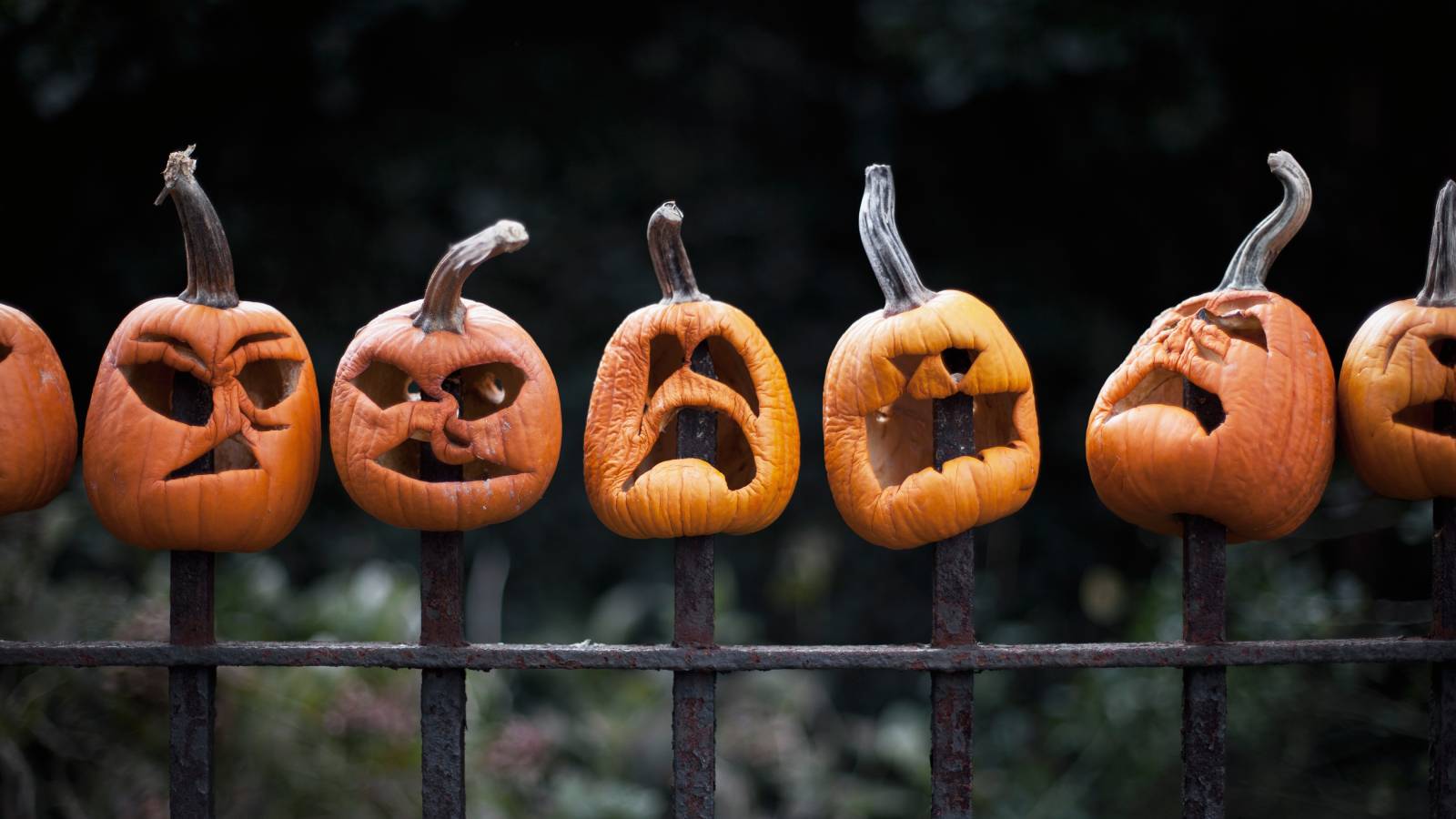
Although All Hallows Eve is a religious holiday in Europe, the American cousin, Halloween, focuses more on pumpkins than saints. For many kids, carving pumpkins into grinning jack-o’-lanterns is the highlight of the holiday – along with trick-or-treating of course.
But just as October 31 inevitably melts into November, pumpkins slide quietly from décor to detritus, and the question arises: what are some things to do with pumpkins in November? In other words, how to dispose of those Halloween pumpkins after all the fun is gone.
Fortunately, there are cool and creative answers to this question.
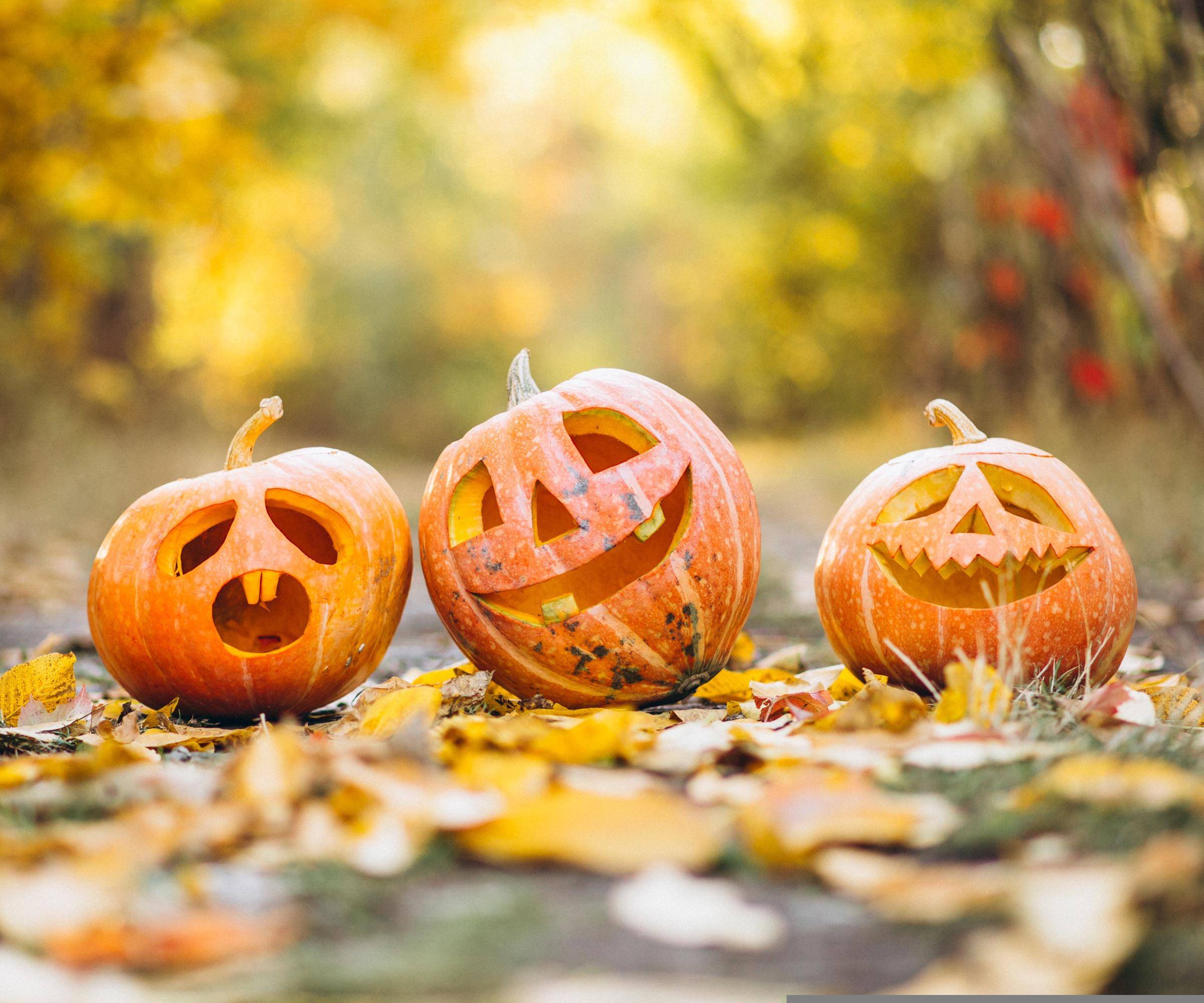
Creative Things To Do With Pumpkins
Growing pumpkins for Halloween is great fun, and so is carving one to put on display, but what do you do with them when Halloween is over? That general question has three subparts: what to do with pumpkin seeds? What to do with pumpkin flesh? And what to do with the pumpkin shell? Let’s just say that you have options in each category.
What to Do with Pumpkin Seeds?
- Save those pumpkin seeds to plant the following spring. Yes, you probably won’t use them all unless you are a farmer, but allow 12 or so to dry out in the sun or a dehydrator (like this one from Amazon), then store them away for next year’s planting.
- Roast your pumpkin seeds. They make a nutritious and delicious snack. Here’s how: clean them, dry them, then spread the seeds on a lightly greased cookie sheet and cook at 350 degrees for about 12 to 15 minutes.
- Roast your pumpkin seeds and leave them out for the birds.
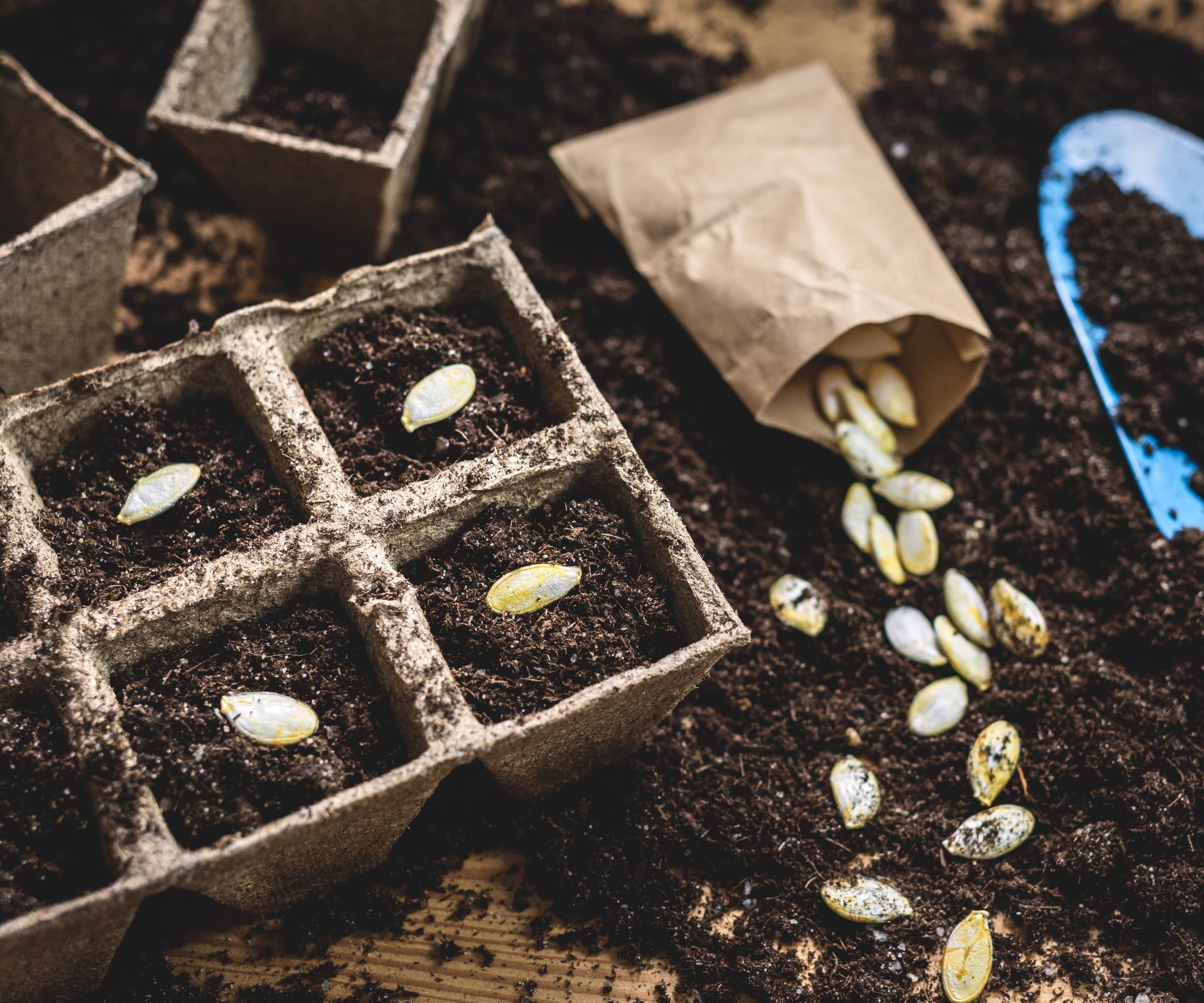
What to Do with Pumpkin Pulp?
- The pumpkin pulp, also known as pumpkin flesh, is what pumpkin pies are made of. But that’s not all – pumpkin soup, pumpkin muffins, pumpkin anything. There are certain varieties of pumpkin that are best for cooking. Find a recipe and get started! Note: pulp should be placed in the refrigerator quickly after the pumpkin is cut open. If it sits out for an hour or more, you should forget about eating it.
- For those who don’t feel like eating it, try cooking pumpkin pulp and feeding it to pets. Many dogs enjoy cooked pumpkin.
- Failing this, it can get chopped and composted.
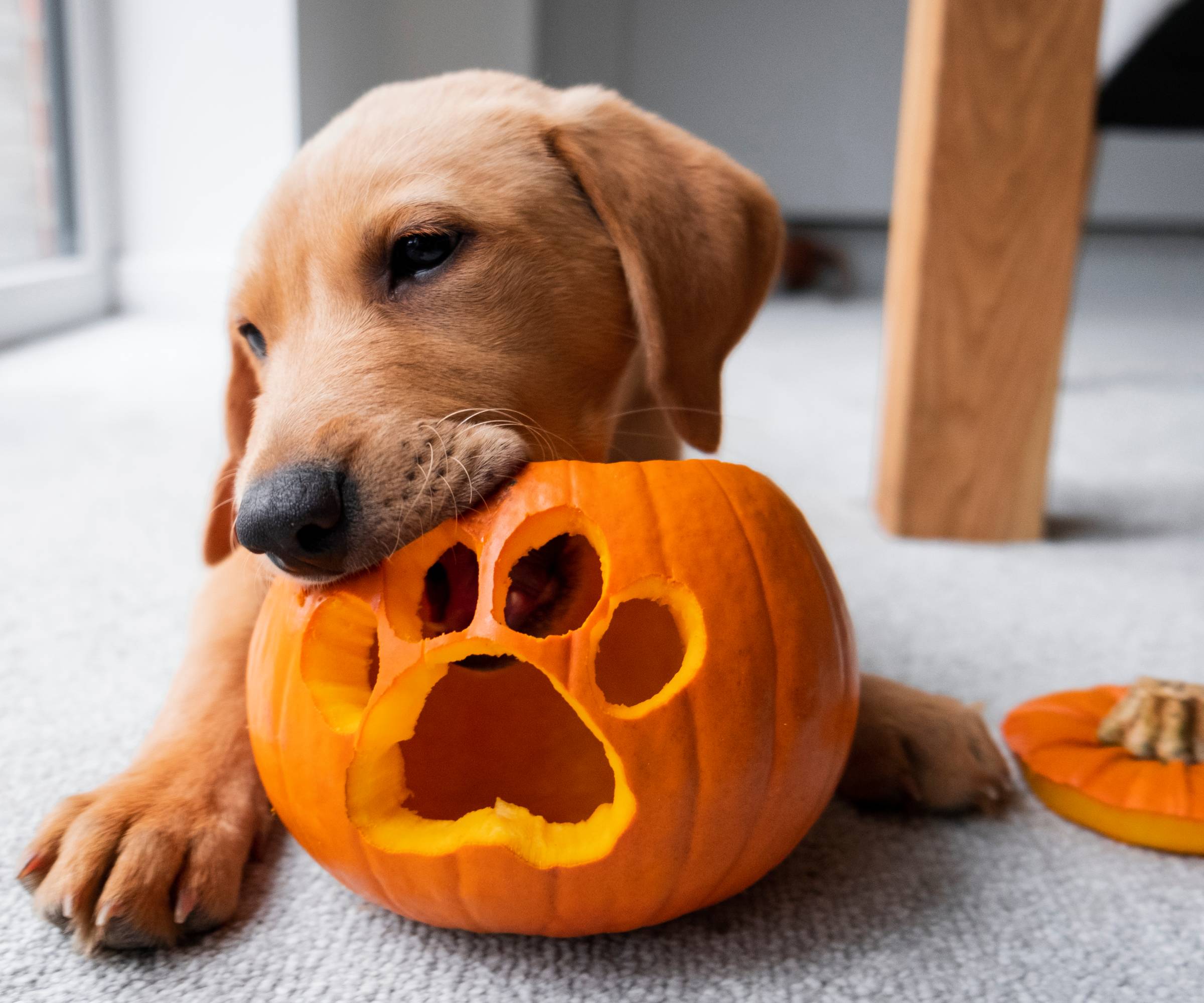
What to Do with Pumpkin Shells?
- Turn your pumpkin shell into a bird feeder. As long as the carved-out pumpkin hasn’t decayed, you can cut “windows” into the sides, insert pieces of wood under the windows for bird perches, then fill up the pumpkin shell with bird seed, available on Amazon.
- Put old pumpkins out to feed deer and other wildlife. For smaller animals, it helps to cut the jack-o’-lantern into pieces first.
- You can also compost pumpkin shells, but chop them up before you add them to your compost pile. Everything composts faster when broken up into small pieces.
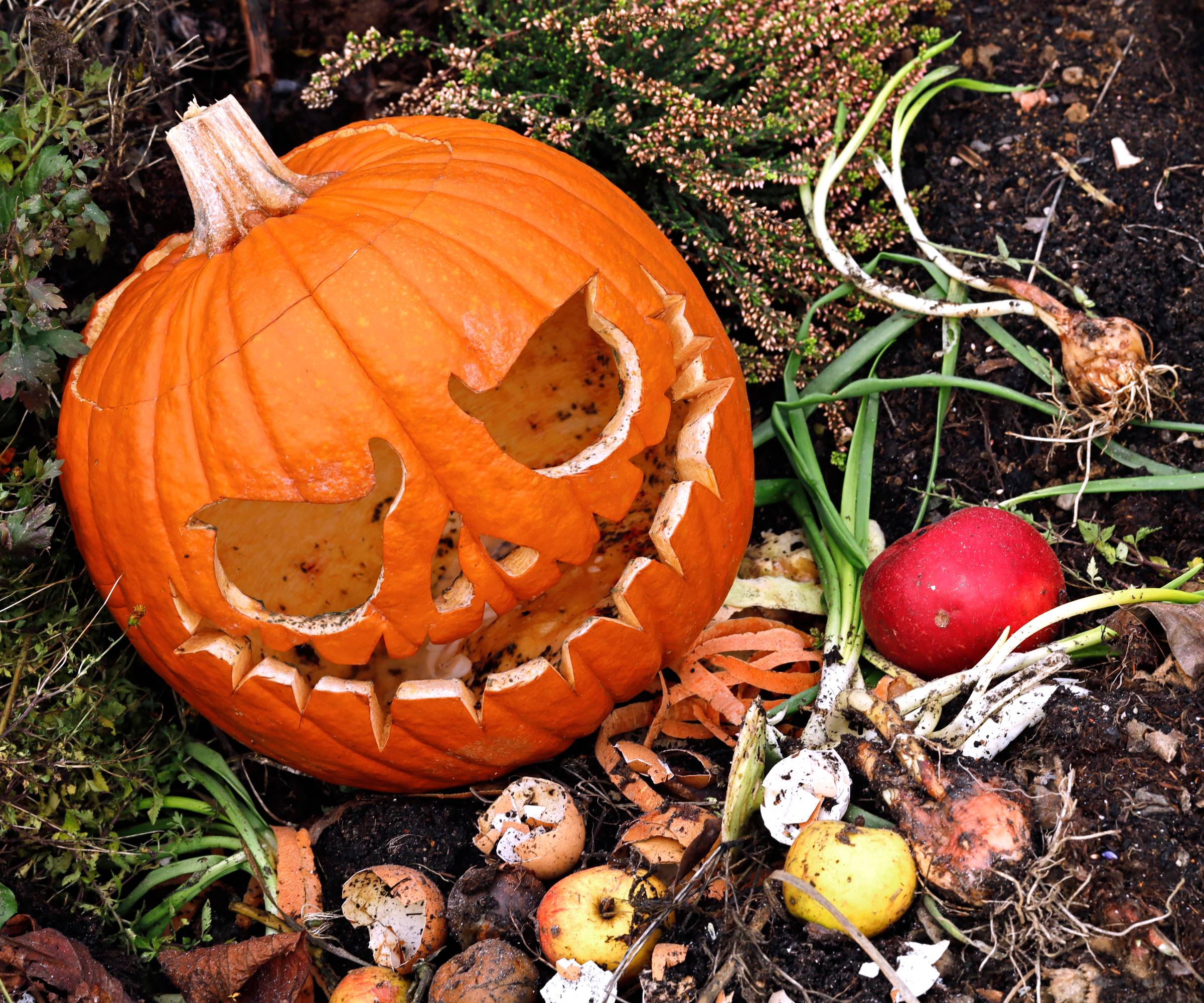
Sign up for the Gardening Know How newsletter today and receive a free copy of our e-book "How to Grow Delicious Tomatoes".

Teo Spengler is a master gardener and a docent at the San Francisco Botanical Garden, where she hosts public tours. She has studied horticulture and written about nature, trees, plants, and gardening for more than two decades, following a career as an attorney and legal writer. Her extended family includes some 30 houseplants and hundreds of outdoor plants, including 250 trees, which are her main passion. Spengler currently splits her life between San Francisco and the French Basque Country, though she was raised in Alaska, giving her experience of gardening in a range of climates.
- Amy DraissDigital Community Manager